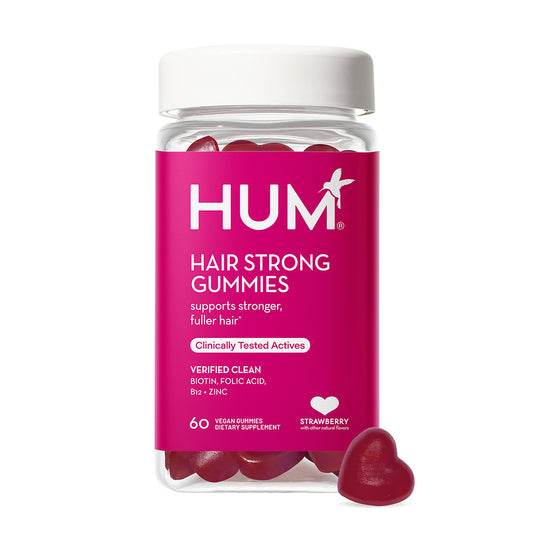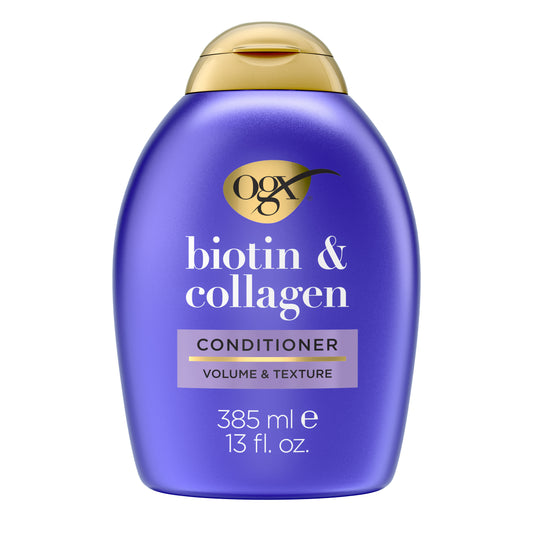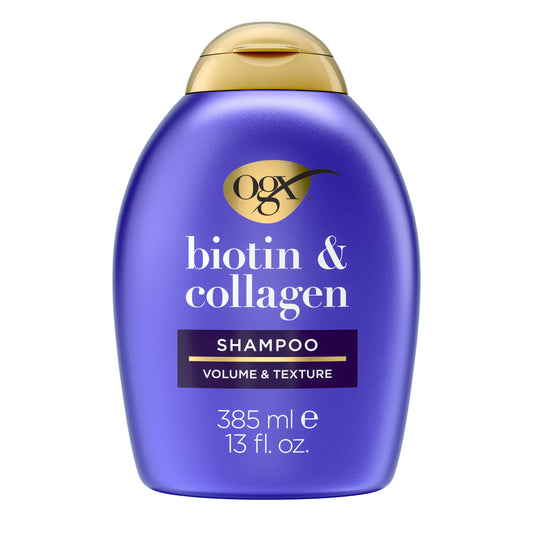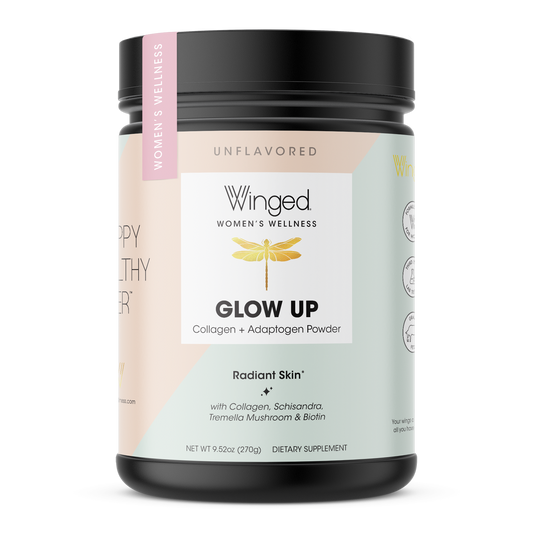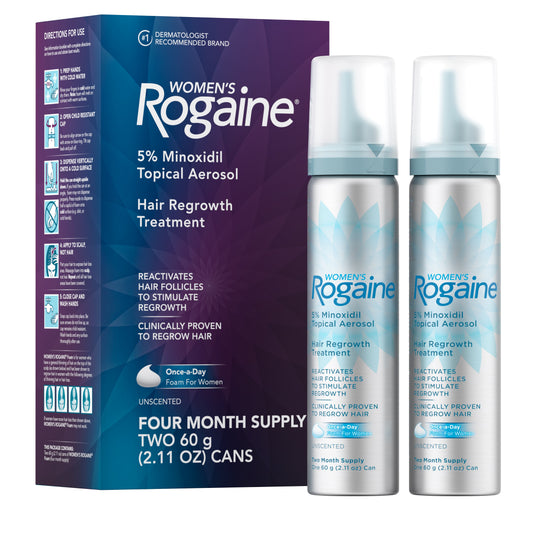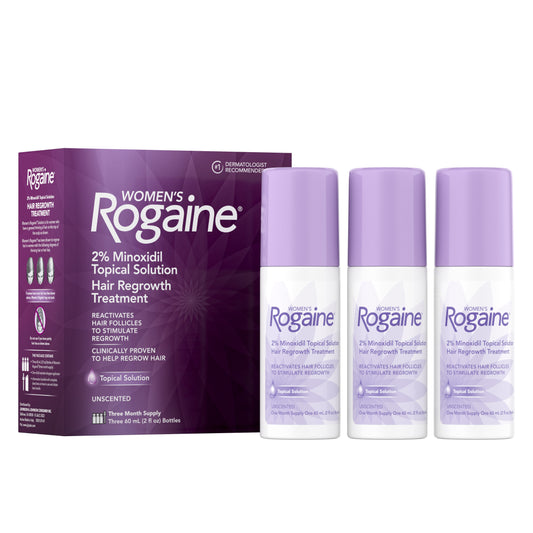Both our hair and nails are made from layers of a protein called keratin. Keratin is a combination of many tough proteins. It’s strong and helps make the cells in our hair and nails (and skin!) stronger and more resilient. It can also help reduce damage to your hair and nails from friction. As estrogen decreases, our bodies also produce less keratin, which can make our nails and hair weaker.
In a society where we’re often judged on our appearances, these changes in hair and nail health can have a greater impact on daily quality of life compared to some of the other menopausal symptoms.
Why are my hair and nails thinner during menopause?
Can menopause cause hair thinning?
As estrogen levels drop, the amount of keratin also decreases, and hair grows more slowly and becomes thinner. Decreases in estrogen can also trigger an increase in androgens, a group of male hormones. Androgen hormones shrink hair follicles, resulting in female pattern hair loss mostly at the crown of the head. Some females can experience baldness due to this — but most just experience thinning hair.
In addition to hormonal changes, factors like genetic predisposition and stress can contribute to hair loss during menopause.
Does menopause cause brittle nails?
As estrogen and keratin levels drop, nails — especially fingernails — can become dry and brittle, making them more likely to break or split. This can be frustrating if they get in the way of doing everyday tasks. In addition, it’s possible for the nails to get deep splits and catch on things throughout your day, causing pain.
If you're experiencing either thinning hair or brittle nails, you're not alone. Almost 25% of females, ages 40-65, report experiencing thinning hair, and another 18% report having more brittle nails.*

How can I strengthen my hair and nails during menopause?
Thinning hair and dry, brittle nails may make you feel more self-conscious about your appearance and possibly more aware of the changes your body is going through. But those changes don’t have to be permanent. There are steps you can take to help strengthen and improve the quality and health of your hair and nails.
- Eat a balanced diet. There are many vitamins and minerals that are important for the health of your hair and nails. Foods with high levels of protein and essential fatty acids (omega-3 and omega-6) are especially important to include for nail and hair health.
- Support your hair and nails. For your hair, there are special shampoos and conditioners to help strengthen it. In addition, anti-dandruff shampoos can be used to promote hair growth. For stronger nails, consider using biotin (vitamin B7) supplements and nail moisturizers. Talk to your doctor about whether supplements are right for you.
- Manage stress. Higher stress levels can cause hair loss or make it worse. Find healthy ways to manage stress that work for you.
- Avoid harsh products and treatments. Take steps to prevent hair breakage, which can include hair dying, styling with heat, and chlorine. For stronger nails, avoid gel or acrylic nails and certain nail products and nail polish removers with chemicals that can weaken nails.
- Ask your doctor about medications. Thinning hair and brittle nails are symptoms of menopause but may also have other causes. There are medications available that may help, depending on the cause. Dermatologists can also be helpful in treating thinning hair and brittle nails.
If you’re experiencing thinning hair and brittle nails during menopause, talk to your doctor. They can help determine the cause and provide any relevant treatment options.
*Data from Attitudes & Usage study conducted in August 2021 with 4,578 female participants ages 40-65. Funded by Kenvue.


